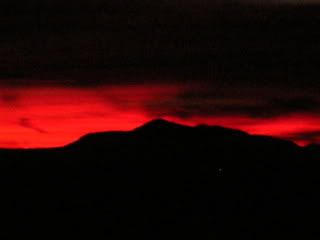I wake up to showers. My sole intent, today, is to trek the glacier, no matter the 70,000 Chilean pesos it may cost. The ranger from the day before hikes by wearing purple gaters and a backpack. He has to hike to Grey for his days off to catch the boat across the lake and out of the park. I walk up to the cabana aside the tents that sell the tours. A college aged guide is doing chores and he tells me that the next tour is full. I give my story, that I arrived the day before and they promised me a space, so he assures me he’ll ask.
He comes by my tent in a little while and tells me I’m on. I go back to the cabana to chat with him and get out of the damp, chilly conditions for the rest of the morning, and part of the afternoon, and drink mate. It feels good to be next to the fire on such a day. I read comments in ten different languages from the guest book, only comprehending the English and Spanish, about how this was the highlight of their Patagonia trip, if not their life. The guide cooks dinner and listens to the Pixies.
A large group of mostly English and a couple of middle aged American tag alongs enter the cabana while a guide barks out instructions. One of the Americans is a Dallas, Texas pilot and he asks who the other American is, and I volunteer. Juan, the guide, overhears me talking about doing the circuit and says that I’m lucky I’m not doing the pass today. The clouds lift enough to reveal the fresh snow on the mountains. Juan guided a group in the middle of winter, in July, when it was possible to jump down the trail leading steeply from the pass. The snow was almost hip high.

We gather on the zodiac on a cold ride with pelting rain across the lake and around dark blue icebergs. Its an odd contrast to my rainy but tropical power raft ride through Iguazu almost a month ago. Juan notes how far the glacier has receded in just over a decade, hundreds of meters at least.
We climb out onto a rock and gear up. We slip on crampons, the complex strapping we leave to the guides, and pick up an ice axe and step into harnesses. After a few quick lessons on the correct technique of walking on different grades of ice, we walk up what has the appearance of fused ice cubes, intermingled with stone along the first stretch. We pass deep crevasses and small streams running through tunnels in the glacier and end at a waterfall and pull out cups to take a drink. In just days, due to the motion of the ice, all this terrain will be vastly different.

We backtrack to a wall with ropes set up. The ice climbing feels a little unwieldy at first, but once I trust the ice will hold me, I’m able to climb without much trouble, though I never get my legs wide enough for stability.
The sun makes a brief appearance, illuminates the glacier and forms a weak rainbow over the lake. The rain begins anew once we cross the lake in the puttering zodiac towards camp. Back at my tent, I cook more pasta and exchange pleasantries with the Americans. We’re all headed for Camp Italiano in the morning. I gather my cooking utensils and hunker down in my tent for another rainy night.































